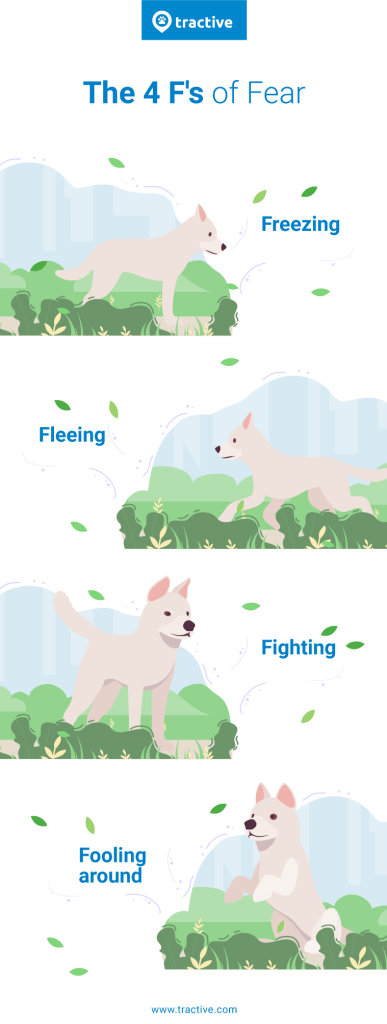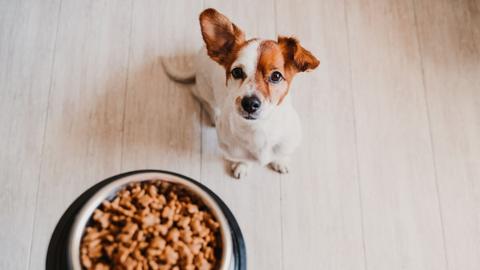Just like humans, dogs can be fearful, shy and anxious (especially if you’ve adopted a shelter dog). Fear and anxiety can be caused by many different factors, but fearful behavior in dogs is most often caused by an early traumatic experience. How can you tell if your dog suffers from severe anxiety and fear? What are the signs and symptoms of fear, and what can you do when your dog feels frightened and panics? We’ve consulted “Fearful Dogs” expert Bettina Specht and compiled the most important information below so that you can be informed about fearful dogs.
Understanding fearful dogs
Fear is a natural instinct that protects us by heightening our awareness of potential dangers. Normal fears serve a protective function and keep us safe and secure by making us wary of any potential threat that might come our way. However, fear can also be problematic in cases where it is so severe, that it causes anxiety and/or interferes with your normal life.
It’s important to note that anxiety disorders can affect not only humans, but dogs as well.
Extreme fear and anxiety can occur in dogs for many different reasons. For example, loud noises, storms, fire, and unfamiliar people and places could all trigger fear and anxiety. Fears may also be caused by bad experiences, such as trips to the veterinarian or time spent in boarding kennels.
Recognizing the signs of fear in dogs
It is likely that your dog is experiencing a fearful reaction if he or she displays one or more of the following telltale signs of fear in dogs:
- Shaking or pacing
- Growling, barking, whining, howling or excessive panting
- Wide, open eyes and dilated pupils
- Tail tucked between legs
- Head turned away from the cause of fear
- Ears facing sideways/backwards
- Attempting to “escape” a room or cage to the point of self-injury
- Crouching, slinking, or moving backwards
The 4 F’s of Fear
In general, it also helps to be aware of the 4 F’s of Fear, which may be observed in your dog’s behavior:
- Freezing
- Fleeing
- Fighting
- Fooling around
By learning to identify these patterns in your dog’s behavior, you can more quickly determine if your dog is frightened and take the necessary steps to comfort her.

Fearful dogs and aggressive behavior
Destruction and escaping are other behaviors often associated with a scared dog. Fear is a major cause of aggression in dogs and this if often misunderstood, as some people consider any signs of aggression as “bad behavior” which require punishment.
Punishing dogs for fear-based aggression will only make the dog more fearful and aggressive than he or she was before the punishment.
Of course, correcting a dog’s behavior is important when he or she become aggressive, but punishment is not always the proper method of dealing with it, especially if you have a fearful dog on your hands.





